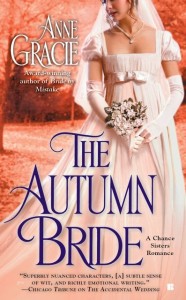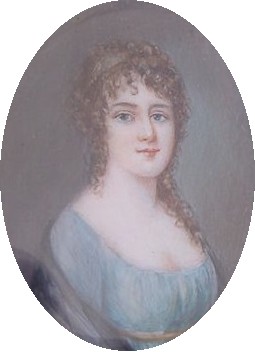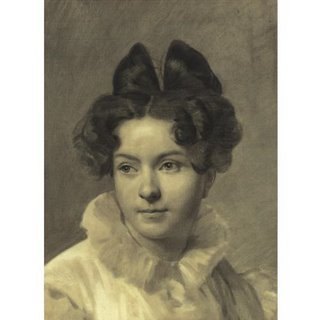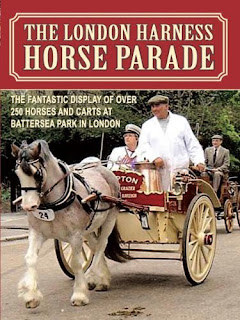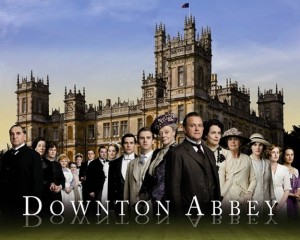 Diane here, welcoming back Michelle Willingham.
Diane here, welcoming back Michelle Willingham.
Michelle has returned to the Regency for the moment (taking a little break from her scrumptious Highlanders and Irish Warriors) and comes to talk about her latest venture, her first Montlake release, Undone By The Duke.
Raves for Undone By The Duke
“Well written, aptly conveying a strong sense of family among the sisters, the quartet shows great promise.” –RT Book Reviews, 4 stars (HOT)
 “A tender, exquisitely romantic tale. I so enjoyed this quietly intense and richly satisfying romance.” –Connie Brockway
“A tender, exquisitely romantic tale. I so enjoyed this quietly intense and richly satisfying romance.” –Connie Brockway
Giveaways
Michelle has four giveaways today to four lucky commenters who will be chosen at random from all the comments. One lucky winner will receive either an ebook or mass market copy of Undone By The Duke (winner’s choice), but Michelle is also giving away one ebook each of The Accidental Countess, The Accidental Princess, and An Accidental Seduction. Read some exciting new information about these books at the end of the interview!
Welcome back, Michelle!
Interview
1. Tell us about Undone by the Duke.
Undone by the Duke is the story of an agoraphobic heroine, Victoria Andrews, who hasn’t gone outside in five years and a wounded duke who ends up
stranded on her doorstep in rural Scotland. This is the first book in the Secrets in Silk quartet, and it’s a cross between Little Women and Project Runway. Instead of sewing dresses, the sisters sew corsets and chemises. And, yes, the scandalous underwear is Victoria’s secret.
2. I think this is our first Montlake book. How was it to work with Amazon Montlake?
It was wonderful! Just to clarify, Montlake is a traditional romance publisher owned by Amazon. Some of Montlake’s authors include Connie Brockway, Kendra Elliott, Melinda Leigh, and Robin Perini, to name a few. There are a few differences in working with Montlake, namely that it’s a true team effort instead of just you and your editor. There is an acquisitions editor who buys for the house (Kelli Martin was mine). Then when it was time for editing, my book was edited by Shannon Godwin, who formerly edited for Harlequin. What I liked about this system is that the developmental edits were done by one person who wasn’t worrying about marketing, scheduling, acquisitions, or office meetings. Her focus was only on making my book the very best it could be. Then it went back to Montlake, had copyedits and galleys, and publicity was done by our in-house publicist. We also have an Author Team for any questions that come up along the way. It’s like a concierge where questions not involving the book can be handled. It’s great when you have a small question and don’t know who to ask.
3. You and the book got a mention in February’s issue of RT Book Reviews. Tell us about that.
We found out that RT was writing an article about historical underwear in the February edition, and since my book was released on February 12th, the timing was perfect! One of my favorite resources regarding unmentionables was The History of Underclothes by C. Willett and Phillis Cunnington. I also visited various museums, but the best research was when I attended a Beau Monde function, wearing a Regency re-enactment gown that was laced up the back. During that process, I learned how impossible it was to dress (or undress) yourself without help*. I used this experience in The Accidental Prince, where my princess heroine is stranded without a maid and has to sleep in her clothes.
(*Diane note: I think Michelle’s modiste that night was our Riskie Amanda!)
4. What is risky about Undone by the Duke?
Definitely the naughty underwear and the risk of scandal! These are four sisters whose parents are deeply into debt and Victoria believes her sewing can lead to prosperity for their family. But when she gets the idea to make the chemises and corsets out of silk and satin (instead of gowns), she never dreamed that the garments would take London by storm. There’s an enormous risk in keeping the secret of who is making the garments, for it will destroy their reputations if anyone finds out who is responsible.
In reality, it’s unlikely that women would buy underwear out of those fabrics, because the lye soap used during that time would burn right through it. You could only wear the underwear a few times and then you’d have to discard it. But there were women during that time who were so wealthy, they could wear a gown once and never wear it again. That’s where fiction and reality could intersect–because a woman rich enough to do this with a gown could certainly afford high-end underwear. So it was a fun concept to play with.
5. Did you come across any interesting research while writing the book?
Some Regency men wore corsets! The Prince Regent and many dandies sometimes wore a Cumberland corset with a whalebone back. And no, I will never put a hero in a corset. Can you imagine a scene with the hero and heroine trying to undress each other? The horror
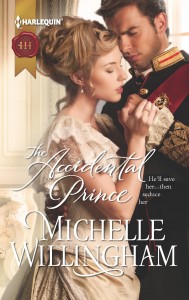 6. What is next from you?
6. What is next from you?
On February 19, The Accidental Prince will release from Harlequin Historical. This book is the third in a trilogy, and it’s a Cinderella reversal where the handsome prince becomes a pauper and must marry a
princess to regain his kingdom. The previous titles in the series have been discounted online from February 13-March 13 in e-book format. The Accidental
Countess (book one) and The Accidental Princess (book two) will be on sale
for $1.99. The prequel novella, “An Accidental Seduction” will be on sale
for $0.99.
Now I have a question for your readers. Since this is February, the month of Valentine’s Day, many people give flowers to their sweetheart. What’s your favorite flower to receive?
Diane here again. Remember, Michelle is giving away one copy of Undone by the Duke (reader’s choice of ebook or paperback) and one Kindle copy each of The Accidental Countess, The Accidental Princess, and An Accidental Seduction. So answer Michelle’s question or ask of question of your own or make another comment for a chance to win. I’ll randomly pick the winners after midnight on Monday Feb 19.
 And if you are in the Washington, D.C., area today, Sunday, Feb 17, Michelle and I (and several other DC area Romance authors) will be attending the first ever Romance Lovers Get Together, where readers and authors can meet and chat, at Arlington Rooftop and Grill, 2:30 – 4:30 pm. If you can come, be sure to introduce yourself to me and tell me you read Risky Regencies!
And if you are in the Washington, D.C., area today, Sunday, Feb 17, Michelle and I (and several other DC area Romance authors) will be attending the first ever Romance Lovers Get Together, where readers and authors can meet and chat, at Arlington Rooftop and Grill, 2:30 – 4:30 pm. If you can come, be sure to introduce yourself to me and tell me you read Risky Regencies!

